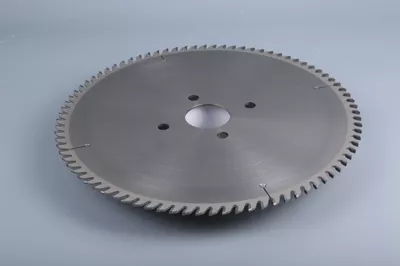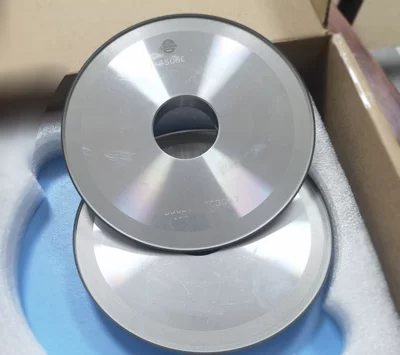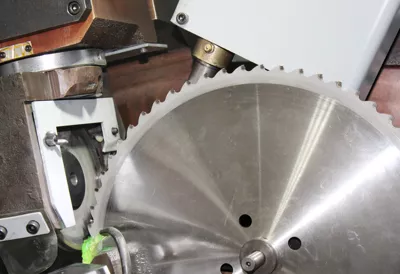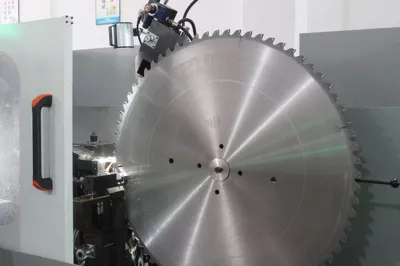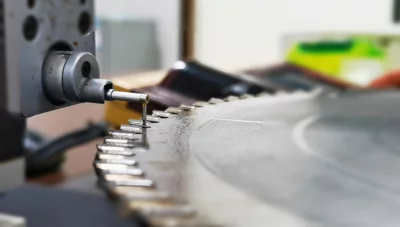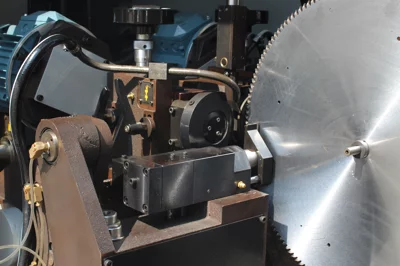Circular Saw Blades Sharpening Correcting Principles And Methods 2

5. What are the types of horizontal imperfections that can occur during the production process of saw blades?
Answer: Generally, the horizontal imperfections that can occur during the production process of saw blades in cutting operations include disc shape, bulging, distortion, off-center bulging, and loose outer gullet.
6. Method to correct disc shape.
Use a straightedge to check if the tension is uniformly consistent at the inner and outer gullets of the saw blade, and then use a hammer to strike from the inner gullet to the outer gullet until the internal stress is uniformly released and the horizontal plane is found.
7. Method to correct bulging.
Bulging, also known as convex bulge, can be caused by uneven hammer strike force, improper hammer strike position, delayed correction, excessive tension, excessive force when cutting wood, overly tight saw feed, and failure to replace the saw blade on time during correction. On the other hand, overburning of the saw kerf during usage can cause bulging. For minor bulges not exceeding 2.5 millimeters, the repair method is to strike the bulge from the center towards the periphery, with slightly heavier strikes in the center. To prevent the bulging part from being loosened, a hard paper can be placed on the bottom surface of the saw blade during repair, and the hammer should not strike the bulge too forcefully.
Welcome to learn more about products
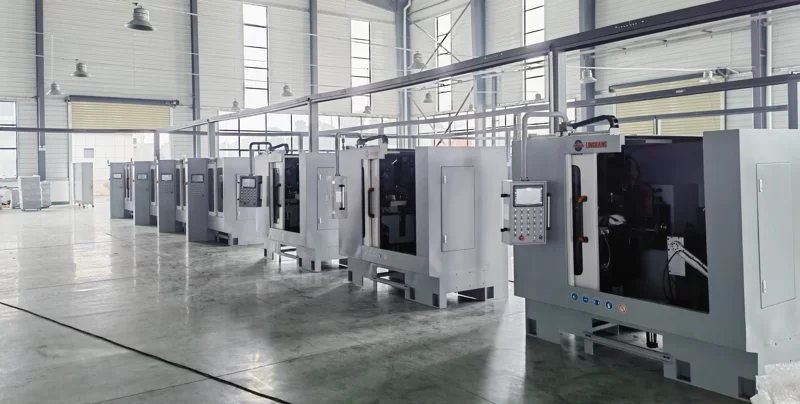
8. Correction of saw blade distortion.
First, inspect and determine the degree of distortion in different parts of the saw blade. Hammer correction can only be done after careful inspection and assessment; otherwise, one wrong strike may require numerous corrections. The inspection method is to pull the saw blade by hand at the center hole and observe the movement in different parts. Then, flatten the distortion. Distortion can mainly be divided into fan-shaped distortion, wave-shaped distortion, and concave distortion caused by excessive tension in localized areas.
9. Correction of distortion caused by excessive tension in localized areas.
First, strike the loose part of the saw blade to increase the tension, and then release the tension gradually. When releasing the tension, the parts with excessive tension should also be struck with the hammer. Of course, the hammer can also be used to strike the saw blade edges or the saw feed and tooth edges parts during tension release.
With years of hands-on experience, I have honed my skills in navigating the complexities of global commerce, offering invaluable insights and solutions to address customer needs. My commitment to excellence and dedication to customer satisfaction ensure that I deliver exceptional service, guiding clients through every step of the trading process with confidence and proficiency.


